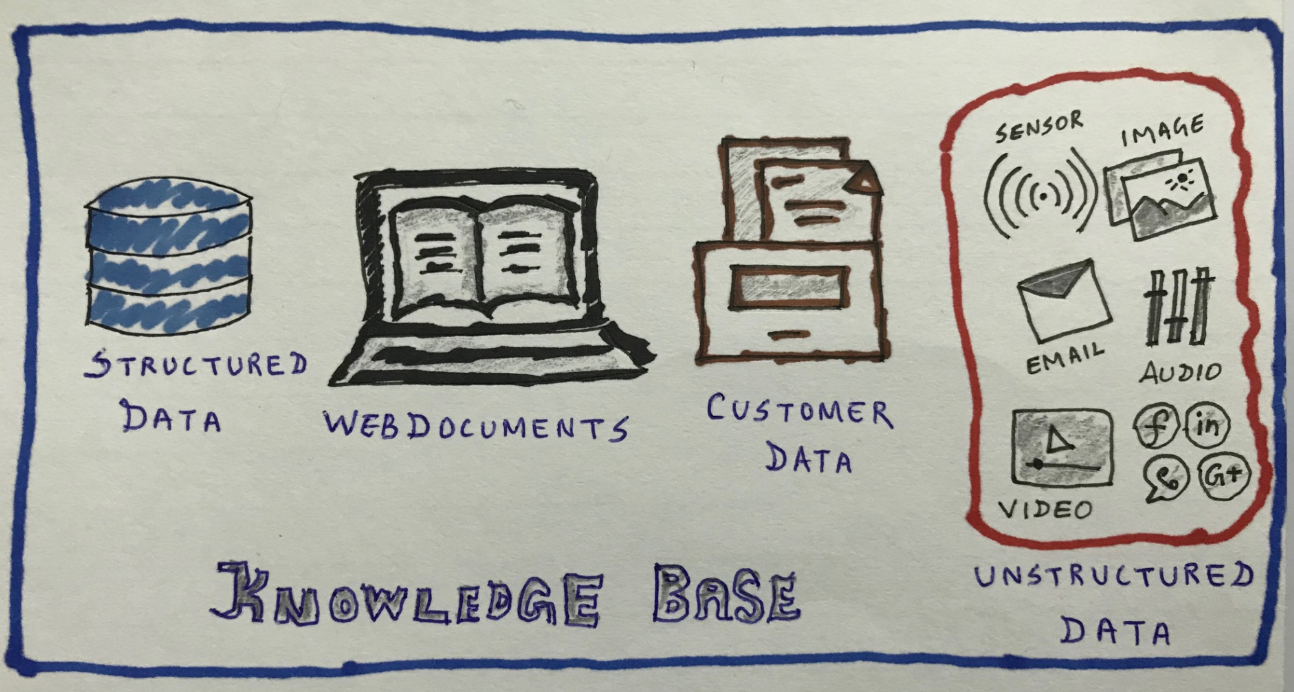The goal of artificial intelligence is to create a machine that can mimic a human mind and to do that, of course, it needs learning capabilities. However, it is more than just about learning. It’s about reasoning, knowledge representation, and even things like abstract thinking.
Machine learning, on the other hand, is solely focused on writing software that can learn from past experiences. One thing you might find astounding is that machine learning is more closely related to data mining and statistics than it is to AI. Why is that? First, we need to know what we mean by machine learning.



